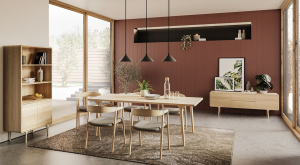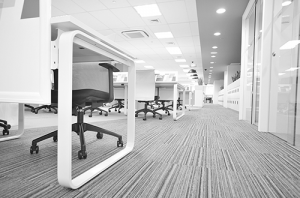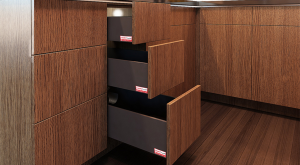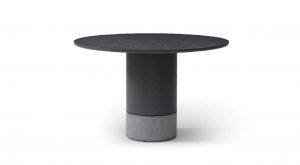Featured Post
Standing Desks: Benefits and Tips for a Healthier Workspace
Standing desks are changing the way we work. They offer a simple way to stay healthy and productive by reducing the time we spend sitting. In this article, we’ll dive into the benefits of standing desks and share tips to help you create a better workspace.
What Are Standing Desks?
Standing desks let you work while standing up, unlike traditional desks designed for sitting. They’re part of a bigger trend in office furniture for ergonomic workstations. These desks can be adjustable, so you can switch between sitting and standing whenever you want. Why does this matter? Sitting too long can hurt your health, and standing desks offer an easy fix.

Benefits of Standing Desks
Switching to a standing desk can do wonders for your body and mind. Here are some key advantages:
- Better Posture
-
Standing desks help you stand up straight. They reduce slouching, which can ease neck and shoulder pain.
-
Less Back Pain
-
Sitting all day often leads to lower back discomfort. Standing takes pressure off your spine and strengthens your core over time.
-
More Energy
-
Standing keeps you alert. I’ve noticed I don’t feel as sluggish in the afternoon when I use my standing desk.
-
Improved Health
- Studies, like one from the American Journal of Public Health (https://ajph.aphapublications.org/doi/10.2105/AJPH.2015.303071), link less sitting to a lower risk of heart disease and diabetes.
These benefits make standing desks a smart choice for anyone looking to upgrade their office furniture.
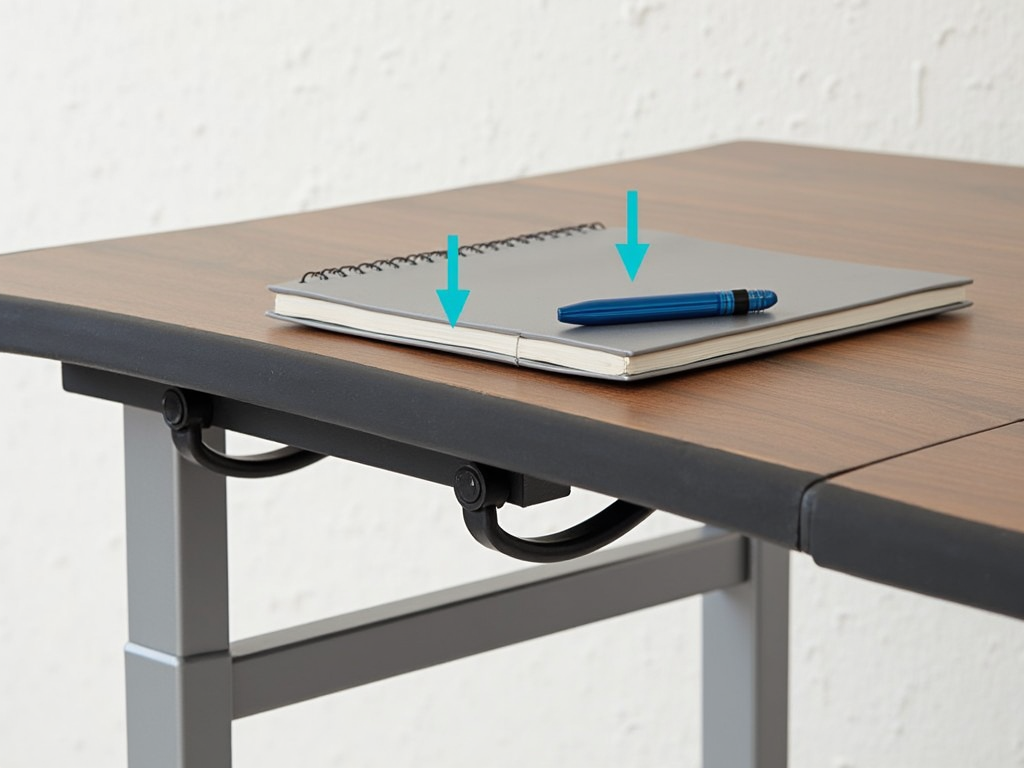
How Standing Desks Boost Productivity
Standing desks don’t just help your health—they can make you more productive too. When I started using one, I found it easier to focus. Standing keeps my blood flowing, which helps me think clearly. Research backs this up: a study from Texas A&M University found that standing desk users were 46% more productive than those who sat all day. Plus, it’s easier to step away and stretch, keeping your mind fresh.
Tips for Using Standing Desks
Ready to try a standing desk? Here’s how to get started:
Getting Started
- Ease Into It: Don’t stand all day right away. Start with 30-minute sessions and build up.
- Set the Right Height: Your arms should rest at a 90-degree angle when typing. Keep your screen at eye level.
Staying Comfortable
- Add a Mat: An anti-fatigue mat cushions your feet. It’s a game-changer for long sessions.
- Wear Good Shoes: Flat, supportive shoes make standing easier than heels or bare feet.
Staying Active
- Move Around: Shift your weight or do small stretches. I like to sway side to side—it keeps me loose.
- Take Breaks: Sit down when you’re tired. Balance is key.

Personal Experience with Standing Desks
I switched to a standing desk three years ago, and it’s been a big win. Before, I’d end my workday with a stiff back and foggy head. Now, I feel more awake and less achy. One day, I stood for four hours straight while writing—it flew by! I’ve also paired my desk with a walking pad for extra movement. It’s not perfect—I still sit sometimes—but it’s made my workspace healthier.
Choosing the Right Standing Desk
Not all standing desks are the same. Here’s a quick guide:
| Feature | Why It Matters | Tip |
|---|---|---|
| Adjustable Height | Fits your body perfectly | Test it before buying |
| Sturdy Frame | Holds your gear without wobbling | Check weight capacity |
| Electric Controls | Easy to switch positions | Look for smooth operation |
Think about your needs. If you work from home, a standing desk can double as furniture for other tasks—like a crafting station or a spot to sort mail.
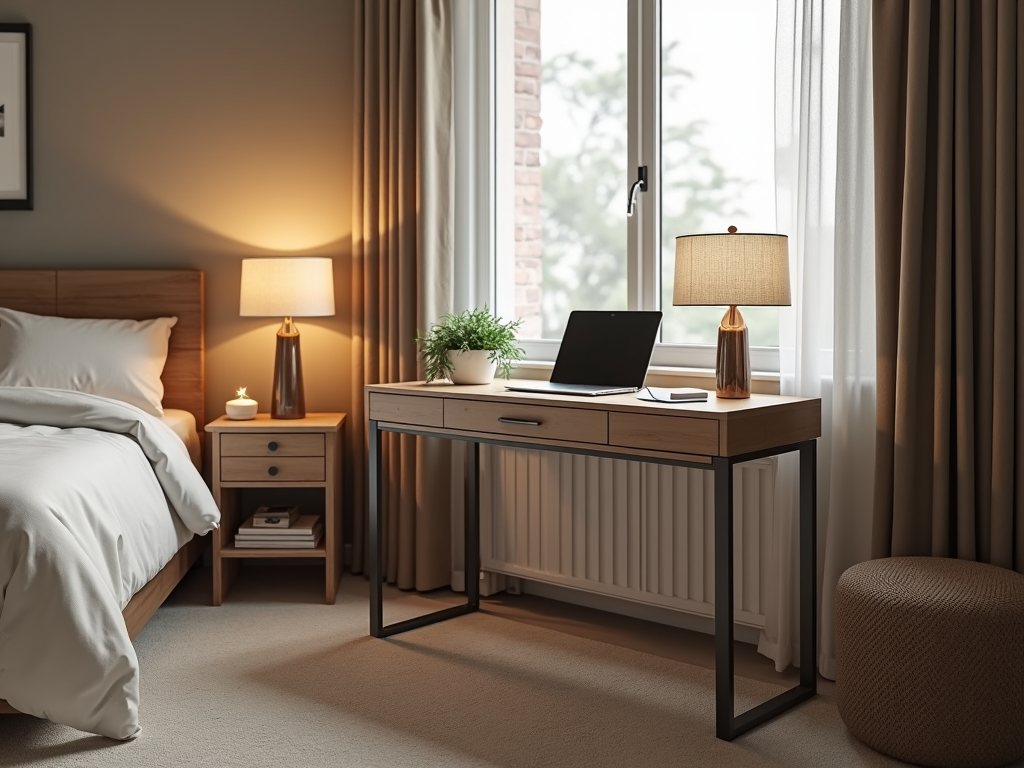
Combining Standing Desks with Other Furniture
Standing desks fit well with other pieces, like your bed or office chair. In my small apartment, I keep mine near my bed—it’s handy for late-night work without taking up much space. Pairing it with ergonomic office furniture creates a setup that’s both functional and comfortable. Look for desks that match your style so your workspace feels cohesive.
Common Mistakes to Avoid
New users sometimes trip up. Don’t stand too long at first—your legs will tire out. Skip locking into one position; movement is the goal. And don’t skimp on setup—wrong heights can strain your wrists or neck. Take it slow, and you’ll find your rhythm.
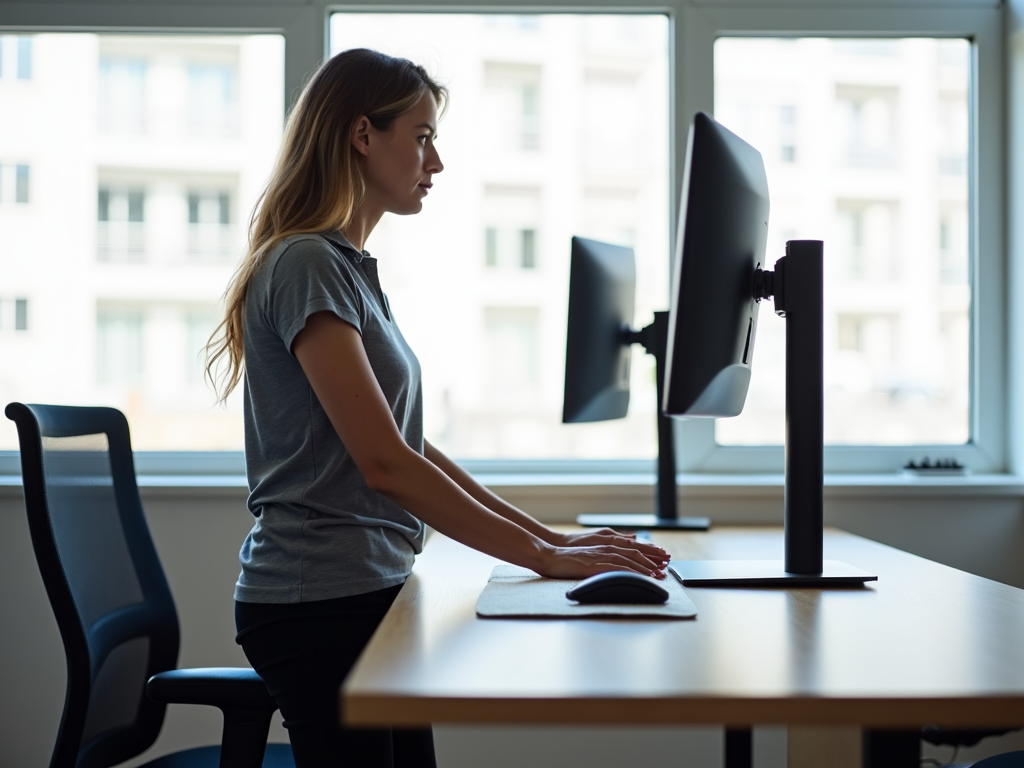
Summary
Standing desks bring big benefits: better posture, less pain, more energy, and sharper focus. With tips like starting slow, setting the right height, and moving often, you can make them work for you. They’re a great addition to office furniture for ergonomic workstations. Try one out—it might just change how you work and feel every day.



